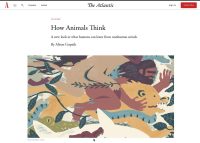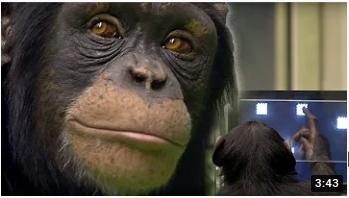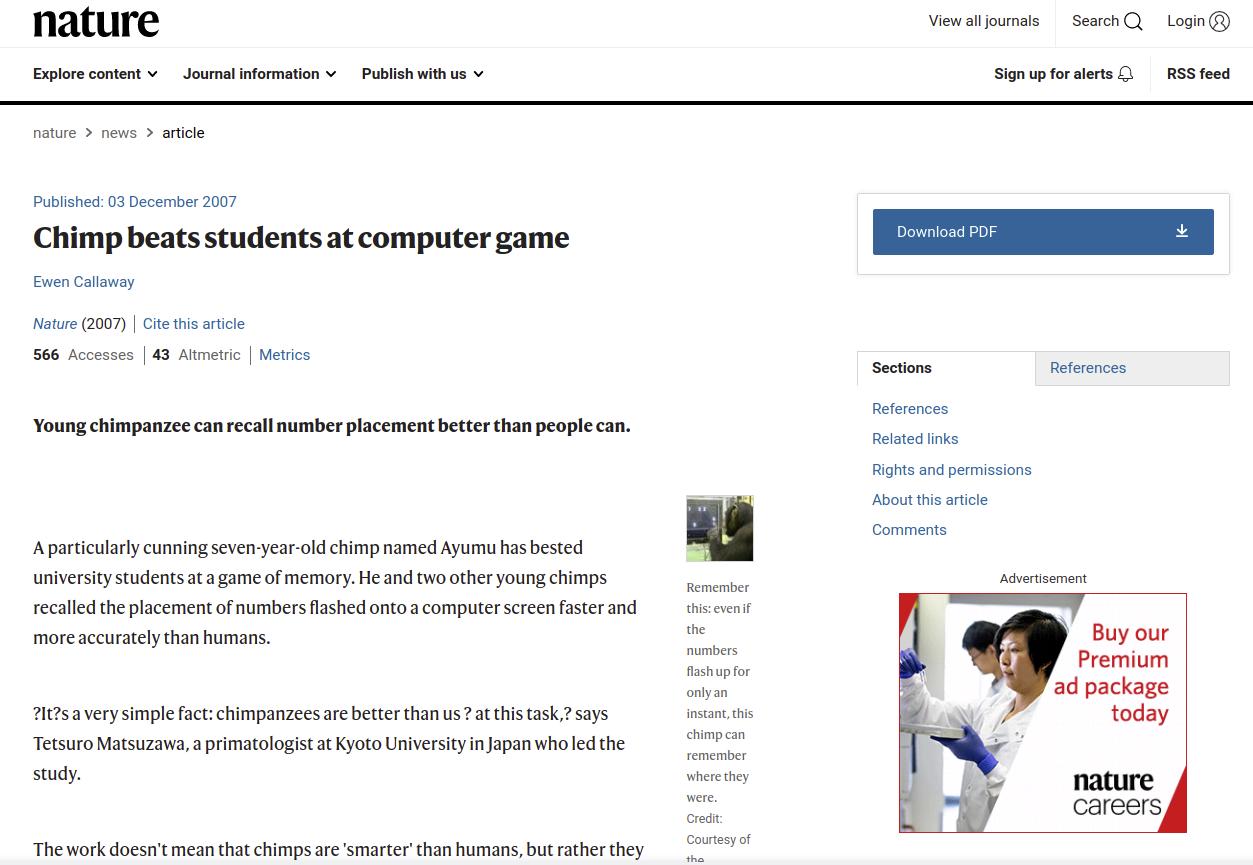From Wikipedia: “Intelligence has been defined in many ways: the capacity for logic, understanding, self-awareness, learning, emotional knowledge, reasoning, planning, creativity, critical thinking, and problem-solving. More generally, it can be described as the ability to perceive or infer information, and to retain it as knowledge to be applied towards adaptive behaviors within an environment or context.
Intelligence is most often studied in humans but has also been observed in both non-human animals and in plants despite controversy as to whether some of these forms of life exhibit intelligence. Intelligence in computers or other machines is called artificial intelligence.”
Human Intelligence
From Wikipedia: “Human intelligence is the intellectual power of humans, which is marked by complex cognitive feats and high levels of motivation and self-awareness. Intelligence enables humans to remember descriptions of things and use those descriptions in future behaviors. It is a cognitive process. It gives humans the cognitive abilities to learn, form concepts, understand, and reason, including the capacities to recognize patterns, innovate, plan, solve problems, and employ language to communicate. Intelligence enables humans to experience and think.”
In the article Human intelligence: have we reached the limit of knowledge? from THE CONVERSATION you’ll find an interesting description of the many aspects of human intelligence, which in addition offers many links to the topics addressed in the article. Finally, there is even a thought experiment that looks at human intelligence from a non-human perspective.
non-Human Intelligence
From Wikipedia: “Although humans have been the primary focus of intelligence researchers, scientists have also attempted to investigate animal intelligence, or more broadly, animal cognition. Non-human animals particularly noted and studied for their intelligence include chimpanzees, bonobos (notably the language-using Kanzi) and other great apes, dolphins, elephants and to some extent parrots, rats and ravens.”
You’ll find more on this topic in the article non-Human Intelligence in Wikipedia. Closely related to this is animal cognition. Here you might have a closer look at Primate cognition. As Wikipedia states: “Primates are capable of high levels of cognition; some make tools and use them to acquire foods and for social displays; some have sophisticated hunting strategies requiring cooperation, influence and rank; they are status conscious, manipulative and capable of deception; they can recognise kin and conspecifics; they can learn to use symbols and understand aspects of human language including some relational syntax, concepts of number and numerical sequence.”
The article How Animals Think (05/2016) from The Atlantic offers “A new look at what humans can learn from nonhuman minds”.
So, at first glance, it looks like Homo Sapiens is the smartest kid around. But if you take a closer look, you find out that this is not always true:
Chimp vs Human! | Memory Test | BBC Earth (12/25/2013) – YouTube Channel BBC Earth
non-Human Language
Another indication of intelligence is the ability to communicate by means of “language”. This does not always have to be an acoustic one. For example, American Sign Language (ASL) is used among humans when at least one communication partner is deaf or mute.
Chimpanzees, bonobos, gorillas, and orangutans have used sign language, physical tokens, keyboards and touch screens to communicate with humans in numerous research studies. The research showed that they understood multiple signals and produced them to communicate with humans. There is some disagreement whether they can re-order them to create distinct meanings.
Washoe was a female common chimpanzee who was the first non-human to learn ASL to communicate using as part of a research experiment on animal language acquisition. The artkel Chimp who ‘talked’ with sign language heartbreaking reaction to keeper’s miscarriage (05/13/2019, Mirror) gives a vivid insight into how Washoe expressed herself and what she talked about with her partners.
All in all it looks as if Homo Sapiens is not always “the crown of creation” and the only rational being that masters a language. And if we humans should ever get the opportunity to communicate with an intelligence that is a bit superior to us, it is questionable whether we will then understand everything correctly, even if the other side tries to explain it to us very slowly and simply.







